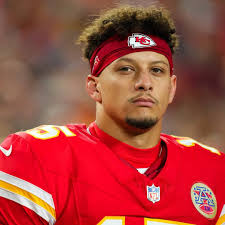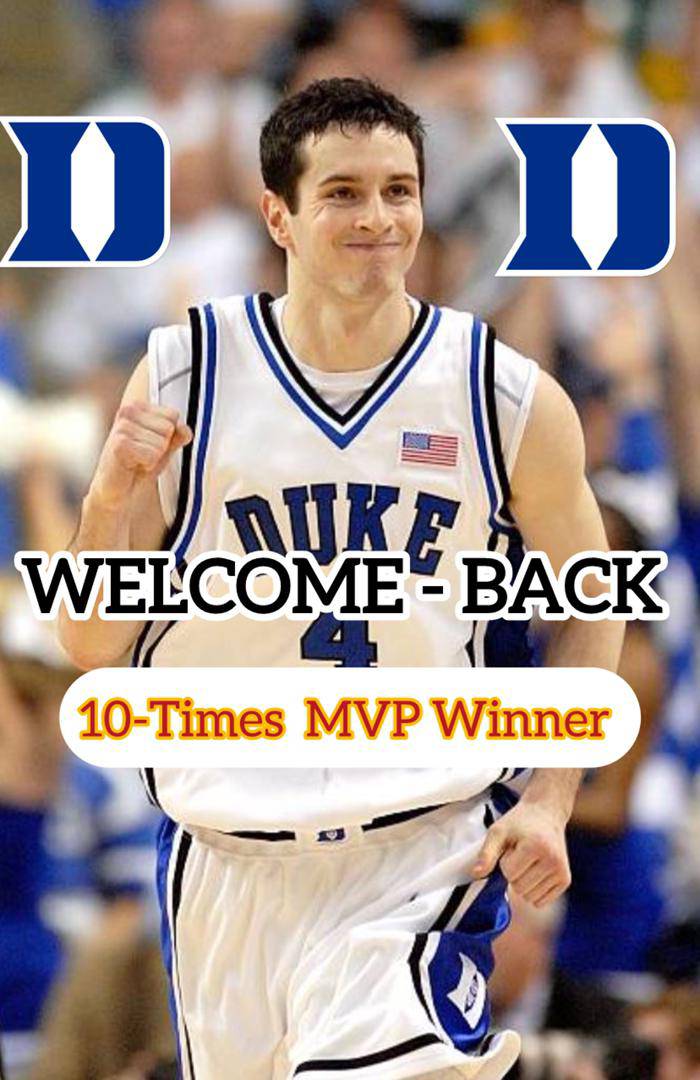The Kansas City Chiefs and Patrick Mahomes’ story is more than just the tale of an incredible athlete with an eagle-like arm and vision; it’s a.
The story of the Kansas City Chiefs and Patrick Mahomes is more than just a tale of an incredible athlete with an eagle-like arm and preternatural field vision. It’s the saga of a franchise once defined by heartbreak and near-misses, transformed into a modern-day dynasty under the leadership of a transcendent quarterback. It is a case study in organizational patience, player development, and the magic that can happen when extraordinary talent meets opportunity and trust.
Founded in 1960 as the Dallas Texans and relocated to Kansas City in 1963, the Chiefs were one of the AFL’s original franchises. Under the guidance of legendary coach Hank Stram and the late Lamar Hunt, the team captured its first and only Super Bowl title in the 1969 season, defeating the Minnesota Vikings in Super Bowl IV. That victory was a milestone for the franchise and the AFL itself, validating its parity with the NFL before the merger.
However, after that crowning achievement, the Chiefs entered a long period of mediocrity. Over the next five decades, Kansas City would become known for rabid fan support, a raucous Arrowhead Stadium atmosphere, and a loyal regional following, but postseason success proved elusive. The team cycled through quarterbacks, coaches, and front office regimes. There were flashes of hope—Joe Montana’s twilight years, the powerful running of Priest Holmes and Larry Johnson, the game-breaking speed of Dante Hall—but always heartbreak followed.
The Chiefs, for all their proud traditions, became symbolic of promise unfulfilled. Then came 2017.
In April 2017, the Chiefs did something they had never done before: they traded up to draft a quarterback in the first round. General Manager Brett Veach, who had long been obsessed with a particular gunslinger from Texas Tech, convinced Head Coach Andy Reid and the front office to trade up 17 spots to select Patrick Mahomes II with the 10th overall pick.
At the time, the move raised eyebrows. Mahomes was raw. He played in an Air Raid system that didn’t often translate to NFL success. He was known for wild throws, staggering numbers, and a certain gunslinger mentality that both thrilled and worried scouts. But Reid saw something more—a malleable, instinctive quarterback with unprecedented arm talent and a mental approach to match.
The Chiefs had Alex Smith, a veteran who had brought stability and playoff appearances. So Mahomes sat his rookie year, learning the offense, observing Reid’s systems, and honing his craft.
That decision—to let Mahomes develop behind a mentor—would become one of the smartest moves in recent NFL history.
Mahomes started just one game his rookie year—a meaningless Week 17 contest in Denver—but it was enough to spark hope. In 2018, with Smith traded to Washington, the Chiefs turned the keys over to their young phenom.
What followed was one of the greatest debut seasons by a quarterback in NFL history. Mahomes threw for 5,097 yards and 50 touchdowns, joining only Peyton Manning and Tom Brady in the exclusive 50-TD club. He won NFL MVP, led the Chiefs to a 12–4 record, and took them to the AFC Championship Game. They fell, heartbreakingly, to Tom Brady’s Patriots in overtime, but a message was sent: the Chiefs had arrived, and Mahomes was no fluke.
The Chiefs’ ascent wasn’t solely about Mahomes, of course. Head Coach Andy Reid—long considered one of the best minds in football—finally had the quarterback to match his creative offensive schemes. Veach built around Mahomes with speed (Tyreek Hill), versatility (Travis Kelce), and protection (Mitchell Schwartz, Eric Fisher, and eventually Creed Humphrey and Joe Thuney).
In 2019, the Chiefs returned stronger and more experienced. Mahomes battled injuries but showed resilience. In the playoffs, Kansas City became known for its come-from-behind heroics. They erased a 24-point deficit against the Texans in the Divisional Round and then overcame a 10-point deficit against the Titans in the AFC title game.
Then came Super Bowl LIV. Facing the San Francisco 49ers, the Chiefs were down 20–10 with just over 7 minutes to play. What happened next was a defining moment in Mahomes’ career. With ice in his veins, he led three touchdown drives, securing a 31–20 victory and delivering Kansas City’s first championship in 50 years.
Mahomes was named Super Bowl MVP, and the dynasty talk began.
What makes Patrick Mahomes special isn’t just the numbers or highlight-reel plays—though they are plentiful. It’s the way he plays the game with a rare combination of instinct and intellect. His arm angles are unpredictable. His pocket awareness is advanced beyond his years. He sees the field like a chess grandmaster and moves through progressions with a point guard’s feel.
And yet, it’s more than that. Mahomes brought swagger and belief to a franchise that had long been defined by caution and disappointment. Suddenly, no lead seemed insurmountable. No game was out of reach. The Chiefs, once the hunter, became the hunted.
Mahomes’ record-setting 10-year, $450 million contract extension in 2020 solidified his place as the face of the franchise—and the NFL. It was a gamble by the organization, but one that, by all metrics, has already paid off.
In 2020, the Chiefs returned to the Super Bowl but ran into a buzzsaw in Tom Brady and the Tampa Bay Buccaneers. Injuries along the offensive line left Mahomes scrambling for his life. It was a humbling moment, a reminder that even transcendent talents need help.
The following years brought more challenges. Tyreek Hill was traded in 2022. The AFC grew increasingly competitive. Critics wondered whether Mahomes could maintain his magic without his favorite deep threat. He answered with a resounding yes.
In 2022, Mahomes threw for over 5,000 yards again, won another MVP, and led the Chiefs to Super Bowl LVII, where they defeated the Philadelphia Eagles 38–35 in an instant classic. Mahomes, playing on a sprained ankle, threw three touchdown passes and led the game-winning drive, earning his second Super Bowl MVP.
Then in the 2023–24 season, despite an inconsistent offense and a young wide receiving corps, Mahomes again led the Chiefs to the pinnacle. In Super Bowl LVIII, Kansas City outlasted the San Francisco 49ers in overtime, winning 25–22. It was Mahomes’ third Super Bowl win in five seasons as a starter.
With three Super Bowl victories in a five-year span and two league MVPs, Mahomes has already secured a place among the game’s greats. The Chiefs, once mired in irrelevance, are now a standard of excellence. Andy Reid has cemented his legacy. Travis Kelce, a future Hall of Famer, continues to defy age. And with a defense that’s only gotten stronger under DC Steve Spagnuolo, Kansas City looks poised to remain dominant for years.
But dynasties aren’t built on talent alone—they require leadership, humility, and adaptability. Mahomes, for all his bravado on the field, is famously team-first. He restructured his contract multiple times to give the Chiefs more financial flexibility. He publicly supports teammates, absorbs blame after losses, and leads by example.
Mahomes’ influence extends beyond football. As a biracial athlete from East Texas, he’s been vocal about social justice, voting rights, and racial equality. He founded the “15 and the Mahomies” foundation to support underserved youth. His endorsements and media appearances are polished but grounded, his likability almost universal.
In Kansas City, he’s become more than a star—he’s an icon. His presence has elevated everything from merchandise sales to national TV exposure to city morale. The Chiefs are no longer a small-market afterthought; they’re a brand.
So where does this story go next?
For Mahomes and the Chiefs, the target is clear: sustained greatness. With three rings in hand, the chase is now for a fourth—and then a fifth. Comparisons to Brady’s Patriots, Montana’s 49ers, and Aikman’s Cowboys will only intensify.
But what’s undeniable is that the Chiefs have already carved their place in NFL history. And at the center of it all is a quarterback who changed everything—a blend of artist and assassin, magician and manager. Patrick Mahomes isn’t just the face of a franchise. He’s the future of football.



